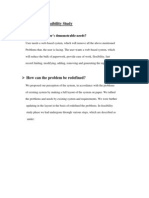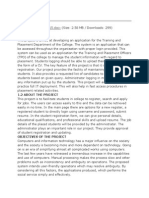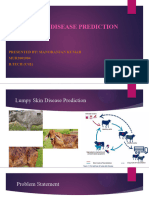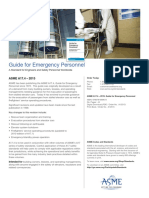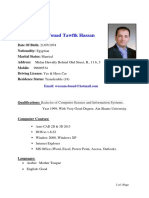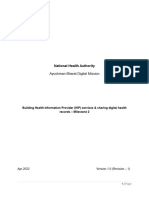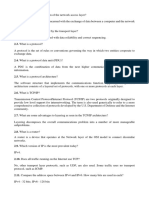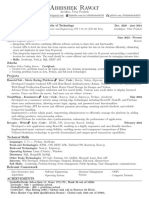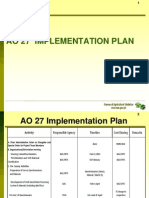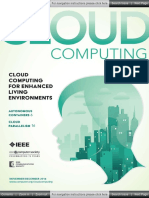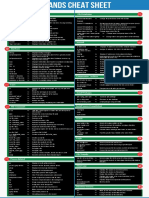0% found this document useful (0 votes)
58 views6 pagesSystem Analysis
The document discusses the existing and proposed systems for a real estate application. The existing system uses manual paper-based records which is time-consuming and error-prone. The proposed system aims to be digital, user-friendly, secure and allows easy report generation to overcome the drawbacks of the existing system.
Uploaded by
Jaffar ShariffCopyright
© © All Rights Reserved
We take content rights seriously. If you suspect this is your content, claim it here.
Available Formats
Download as DOCX, PDF, TXT or read online on Scribd
0% found this document useful (0 votes)
58 views6 pagesSystem Analysis
The document discusses the existing and proposed systems for a real estate application. The existing system uses manual paper-based records which is time-consuming and error-prone. The proposed system aims to be digital, user-friendly, secure and allows easy report generation to overcome the drawbacks of the existing system.
Uploaded by
Jaffar ShariffCopyright
© © All Rights Reserved
We take content rights seriously. If you suspect this is your content, claim it here.
Available Formats
Download as DOCX, PDF, TXT or read online on Scribd
/ 6























